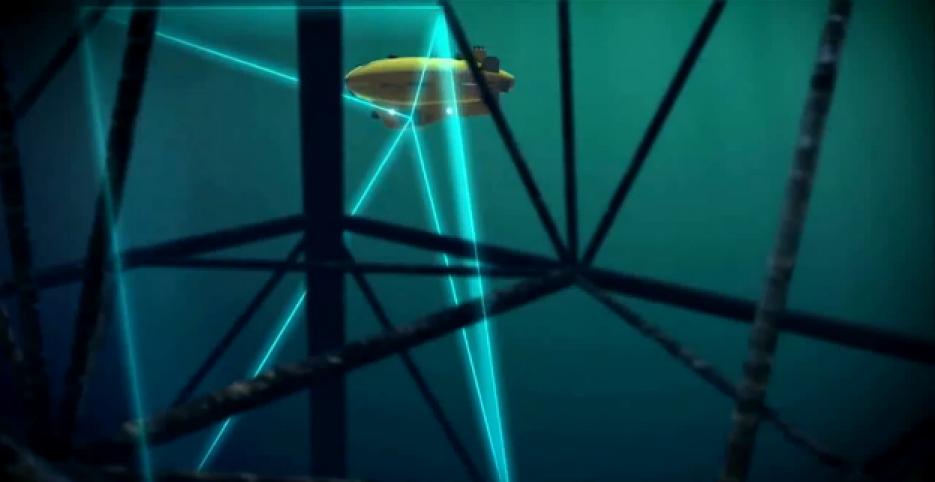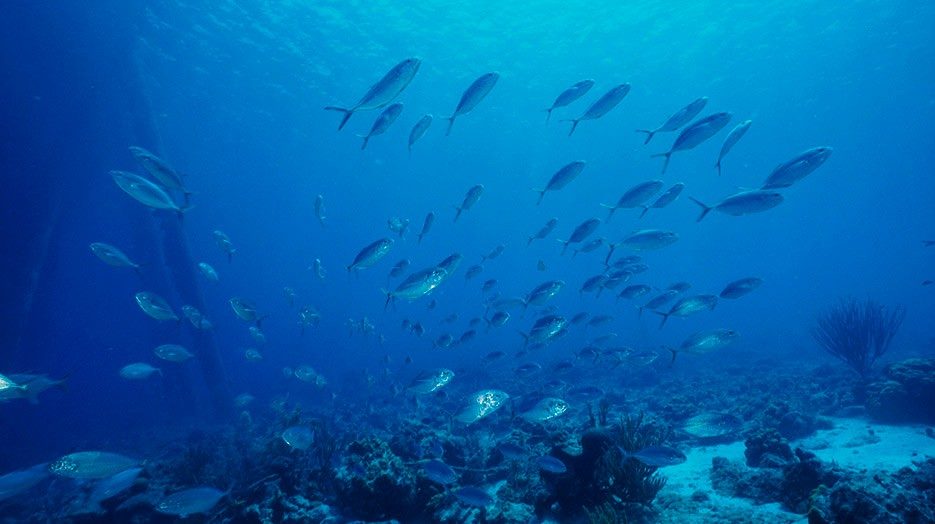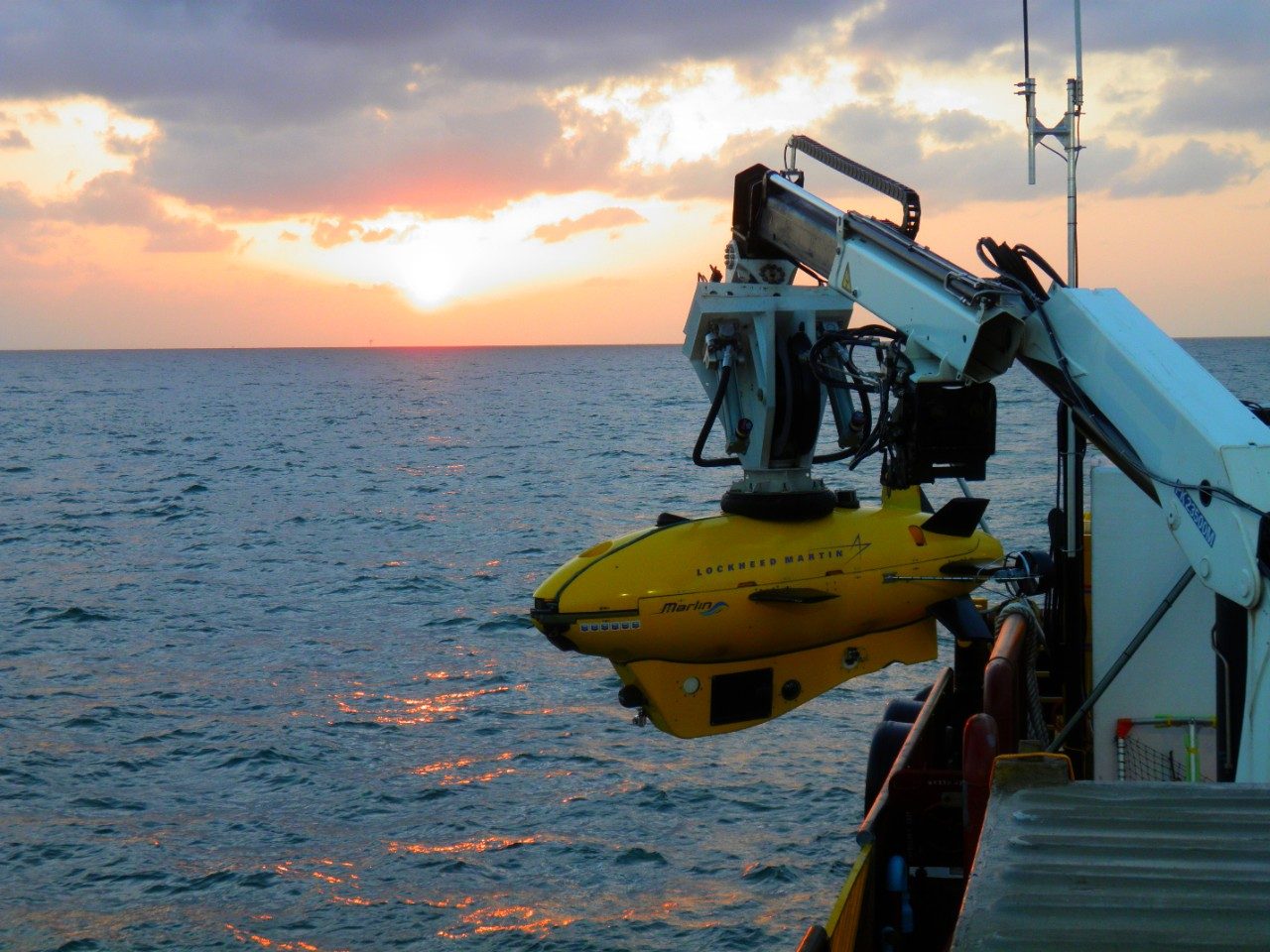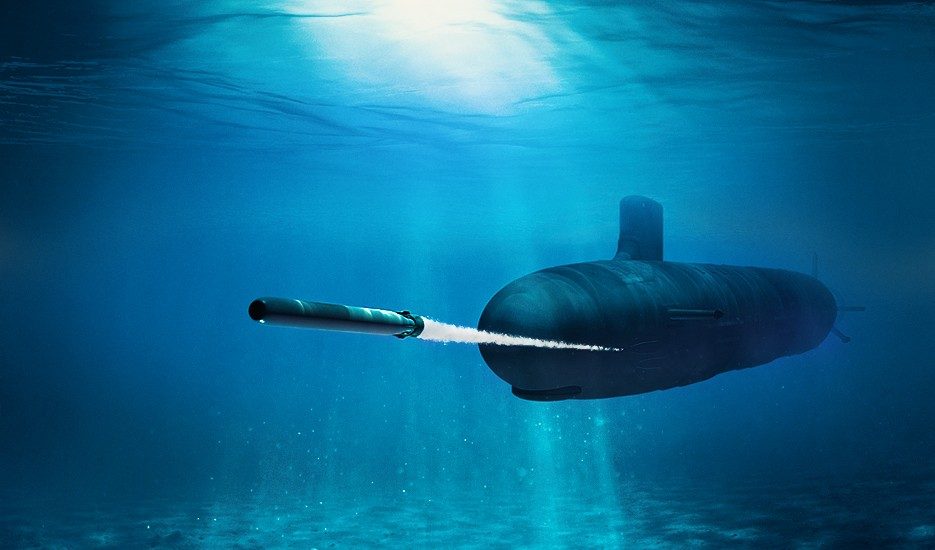
While self-driving cars and flying drones have dominated headlines on robotics, advances in underwater technology have quietly evolved the use of unmanned vehicles under the surface of the sea.
Advanced robotics technology, including communications and navigation, has enhanced UUVs’ ability to guide themselves on their missions–at farther distances and in harsher environments. Whether being used by military or commercial operators, UUVs are changing the way we explore the 140 million square miles beneath the sea.
Unlike its ground and air counterparts, unmanned underwater vehicles (UUVs) face a whole new set of physics that require them to operate with significantly less human control.
The Brains Behind The Operation

One underwater vehicle with a mighty brain is the Marlin® UUV, using advanced sensors and high definition video to create 3D models of its undersea environment. Marlin is capable of plumbing the ocean depths to offer quick and efficient underwater surveys and inspections while sailors and commercial operators remain safely above water.
And because Marlin doesn’t need a human at the controls, it can explore the ocean depths, conducting pipeline inspections, bottom debris surveys and underwater facility inspections.
Robot Teams Improve Surveillance

Collaborative operations among multiple unmanned systems are on the rise. Different unmanned aerial systems have worked together to accomplish numerous missions, ranging from firefighting to reconnaissance. Unmanned aircraft have autonomously lifted and delivered unmanned ground vehicles to complete delivery or surveillance missions.
In the future, UUVs could work collaboratively with other underwater vehicles, or team up with unmanned surface vehicles and unmanned aerial vehicles. Together, these systems could provide an eye in the sky and an eye under the sea to help provide an integrated picture of the environment.
“New uses for UUVs will continue to proliferate as the technology matures,” said Drennan. “We’ll continue to develop a wide variety of payloads that can be rapidly integrated into UUV systems, giving customers the ability to use those vehicles for multiple missions.”
Transforming Torpedoes' Abilities

Thanks to continually evolving technology, Lockheed Martin is leading the way in transforming torpedoes to tackle missions beyond their traditional charges. While weapons like the U.S. Navy’s formidable Mark 48 Mod 7 torpedo are known for packing a powerful punch, they also have the potential to behave like UUVs.
The Mark 48 Mod 7 has a cutting-edge guidance and control system that allows it to operate autonomously. In the future, we are looking to advance the torpedo into a multi-mission vehicle that could be used to collect real-time information that is valuable to success in undersea missions.
As future undersea missions surface, Lockheed Martin’s portfolio of high-tech unmanned underwater systems will evolve to meet the next generation of commercial and military challenges. These unmanned vehicles will continue to push the boundaries in endurance, power, collaboration and expeditionary capabilities to travel farther, longer and smarter than ever before.




